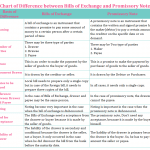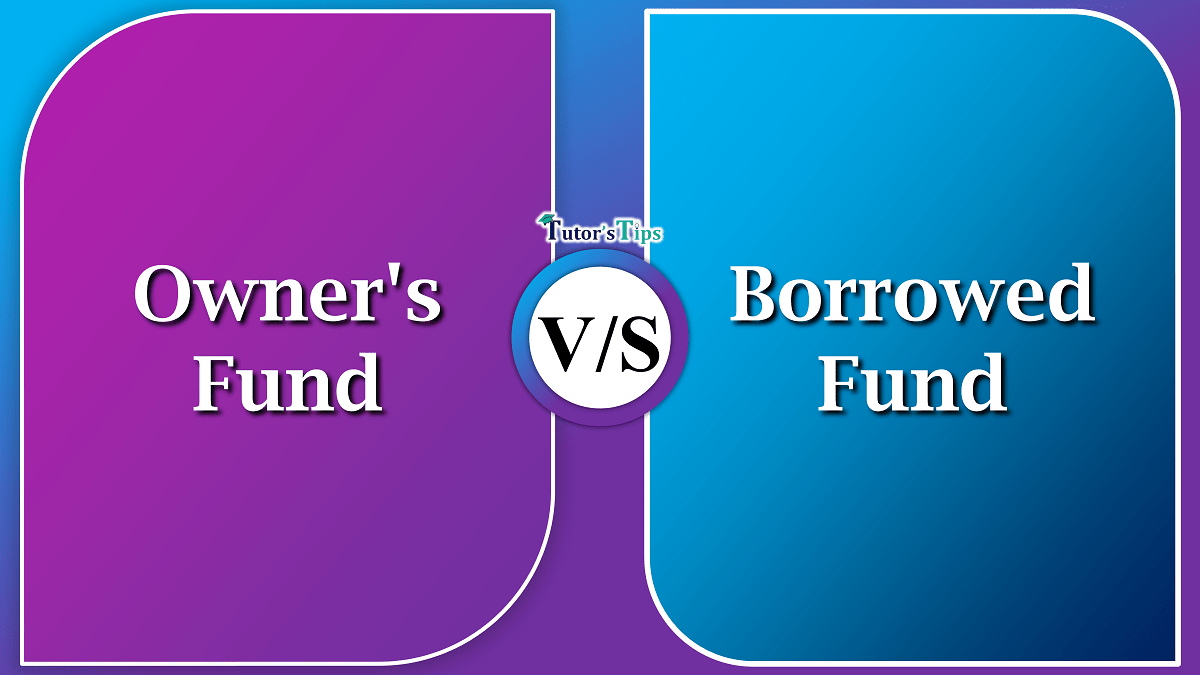Bills of Exchange and Promissory Note both are the type of negotiable instruments. These are governed by the Negotiable Instruments Act, 1881. But there are some points of differences in Negotiable instruments. To explain the difference we have to know the meaning of both terms. The meaning of both terms explained as following: –
Meaning of Bills of Exchange: –
It is an instrument that contains a promise to pay some amount of money to a certain person after a certain period of time. Firstly, It is generally drawn by the creditor(maker or drawer) on his debtor(acceptor or drawee) and the debtor gives the acceptance that he will pay the money to the maker(drawer) after some certain period or a specific date. Secondly, It should be accepted by the person to whom it is created or by another person on his/her behalf. Without acceptance, this document doesn’t have any value.
Definition: –
“A bill of exchange is an instrument in writing containing an unconditional order, signed by the maker, directing a certain person to pay a certain sum of money only to, or to the order of, a certain person, or to the bearer of the instrument.”
-Section 5 of India’s Negotiable Instruments Act, 1881
Meaning of Promissory Note: –
This is an instrument that contains the written and signed promise by the maker(the debtor) to pay a certain amount to the creditor on a specific date or on-demand.
Chart of Difference between Bills of Exchange and Promissory Note: –
|
Basis of Difference |
Bills of Exchange | Promissory Note |
| Meaning | A bill of exchange is an instrument that contains a promise to pay some amount of money to a certain person after a certain period of time | A promissory note is an instrument that contains the written and signed promise by the maker(the debtor) to pay a certain amount to the creditor on a specific date or on-demand. |
| Number of Parties | There may be three types of parties
|
There may be Two types of parties
|
| Nature | This is an order to make the payment by the seller of goods to the buyer of goods. | This is a promise to make the payment by the purchaser of goods to the seller of goods. |
| Document Drawn By | It is drawn by the creditor or seller. | It is drawn by the Debtor or Purchaser. |
| Copies to be issued | The local bill needs to prepare only a single copy but in the case of the foreign bill, it needs to prepare three copies of the bill. | In all cases, it needs only a single copy. |
| Difference between Drawer and Payee | In the case of Bills of Exchange, the drawer and payee may be the same person. | In the case of the promissory note, the drawer cannot the payee. |
| Noting | Noting become very important in the case when the bill of exchange is dishonored. | Noting is important in the case when the promissory note is dishonored. |
| Need for Acceptance | The Bills of Exchange need acceptance from the drawee or buyer because it is made by the seller of goods. | The promissory note, Don’t need any acceptance, because it is made by the buyer himself. |
| Liability of Drawer | The liability of the drawer is secondary and conditional because the drawer is the seller, not a buyer. It only occurred in the case when he did discount the bill from the bank before the maturity date. | The liability of the drawer is primary because the drawer is the buyer. So, he has to pay the amount to the seller or payee. |
Download the chart: –
If you want to download the chart please download the following image and PDF file:-


The conclusion of the Difference: –
Bill of exchange and the promissory note both are types of negotiable instruments. and both are treated as bills receivable and bills payable. In the case of bills of exchange, the maker of the bill will treat it as bill receivable and the drawee will treat it as bills payable. In the case of Promissory Note, the maker of the Mate will treat it as bill payable and the payee will treat it as bills receivable.
Thanks for reading the topic
please comment with your feedback whatever you want. If you have any questions please ask us by commenting.
References: –
Advertisement-X
Also, Check our Tutorial on the following subjects:






